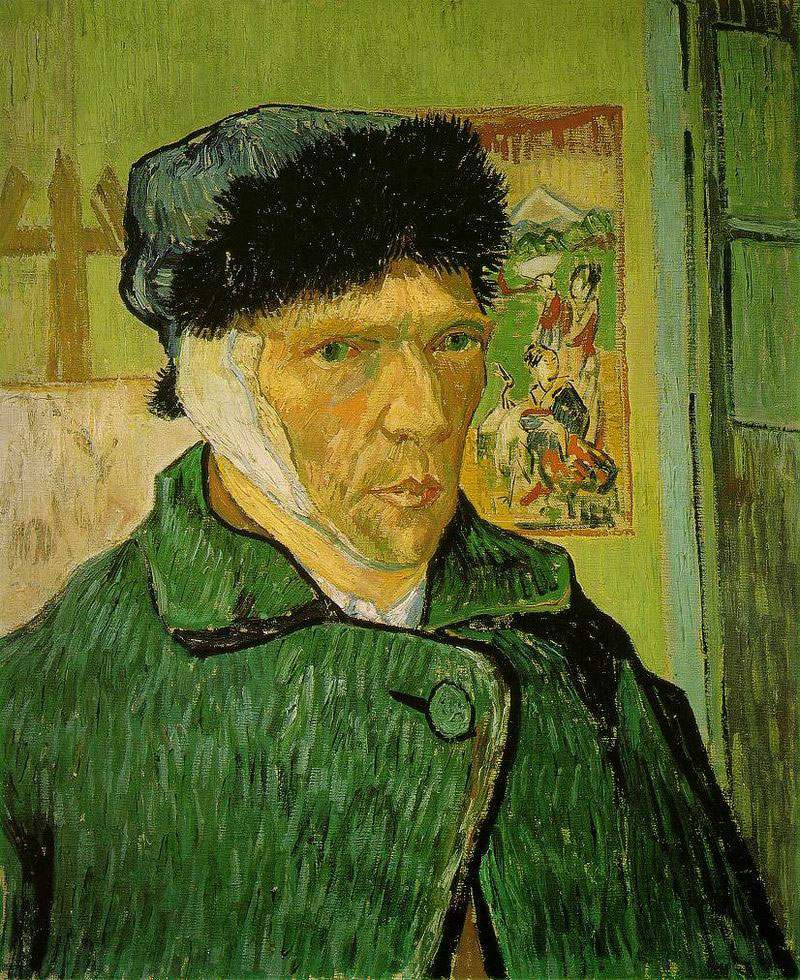Through May 24, 2020, the Van Gogh Museum in Amsterdam presents In the Picture, an exhibition that aims to analyze how much a portrait can convey to the viewer in terms of information. Through seventy-five portraits by Vincent van Gogh, Edvard Munch, Thérèse Schwartze, and other artists, the exhibition aims to emphasize how a portrait communicates much more than we think.
In the nineteenth century, artists made self-portraits to experiment, to practice, to define their own identity; however, they also made portraits of others, often as a sign of friendship.
In the Picture tells stories of identity and image: in particular, the exhibition focuses on van Gogh and his famous Self-Portrait with Bandaged Ear, which the painter executed in 1889 and where he portrays himself as a vulnerable yet strong being.
It becomes interesting to understand the purpose of a portrait: whether it was made to define oneself in an image or to express one’s inner self. A tool to present oneself, whatever the real purpose.
The exhibition is also accompanied by the special app, In the Picture, thanks to which the public has the opportunity to learn some interesting facts about the artists in the exhibition.
For info: www.vangoghmuseum.nl
Image: Vincent van Gogh, Self-Portrait with Bandaged Ear (1889; London, The Courtauld Gallery)
 |
| What did van Gogh want to communicate through his self-portraits? An exhibition in Amsterdam addresses the question |
Warning: the translation into English of the original Italian article was created using automatic tools. We undertake to review all articles, but we do not guarantee the total absence of inaccuracies in the translation due to the program. You can find the original by clicking on the ITA button. If you find any mistake,please contact us.